
AI-Powered Workflows: How to Automate Repetitive Tasks Without Losing the Human Touch
In today’s relentlessly competitive landscape, efficiency is no longer a luxury, but a necessity. Businesses are constantly seeking ways to streamline operations, reduce costs, and improve productivity. Artificial intelligence (AI) presents a powerful solution, offering the potential to automate a myriad of repetitive tasks that previously consumed valuable time and resources. However, the allure of automation should be tempered with caution. Simply throwing AI at every problem without considering the impact on customer experience and employee engagement can lead to unintended consequences, eroding the very foundations of a successful business: trust and loyalty.
This article explores how businesses can strategically implement AI-powered workflows, harnessing the power of automation while simultaneously preserving the human touch that differentiates them from the competition. We’ll delve into the benefits, challenges, and best practices for creating a harmonious blend of artificial intelligence and human intelligence, ensuring that automation enhances, rather than diminishes, the quality and personalization that customers value.
The Promise of AI-Powered Workflows: A Deeper Look
The potential benefits of automating repetitive tasks with AI are significant and wide-ranging. Consider these key advantages:
- Increased Efficiency and Productivity: AI excels at handling tasks that are monotonous, rules-based, and require consistent execution. Automating these tasks frees up human employees to focus on more strategic, creative, and complex activities that require critical thinking, problem-solving, and emotional intelligence. Imagine a customer service team freed from answering routine inquiries, allowing them to dedicate their time to resolving complex issues and building stronger relationships with customers.
- Reduced Costs: Automation reduces the need for manual labor, leading to significant cost savings in the long run. By minimizing errors and optimizing processes, AI-powered workflows can also reduce waste and improve resource allocation. For example, AI-driven inventory management systems can predict demand with greater accuracy, minimizing overstocking and preventing stockouts.
- Improved Accuracy and Consistency: Unlike humans, AI systems don’t suffer from fatigue, distractions, or emotional biases. This ensures that tasks are performed with a high degree of accuracy and consistency, regardless of the volume of work or the time of day. In areas like data entry and analysis, AI can significantly reduce the risk of human error, leading to more reliable insights and better decision-making.
- Enhanced Scalability: AI systems can easily scale to meet fluctuating demands, ensuring that businesses can maintain consistent service levels even during peak periods. This is particularly valuable for businesses that experience seasonal spikes in activity or rapid growth. For example, an AI-powered marketing automation system can handle a surge in email campaigns and social media posts without requiring additional human resources.
- Better Customer Experience: While it might seem counterintuitive, AI can actually improve customer experience by providing faster, more personalized, and more efficient service. AI-powered chatbots can provide instant answers to common questions, freeing up human agents to handle more complex inquiries. AI-driven recommendation engines can personalize product recommendations and marketing messages, enhancing customer engagement and driving sales.
The Human Touch: Why It Still Matters
Despite the clear advantages of AI-powered workflows, it’s crucial to remember that technology alone is not a panacea. Human interaction and empathy remain essential for building trust, fostering loyalty, and delivering exceptional customer experiences. Here’s why the human touch is still indispensable:
- Emotional Intelligence: AI can process data and identify patterns, but it lacks the emotional intelligence necessary to understand and respond to human emotions. Empathy, compassion, and understanding are crucial for building rapport with customers, resolving conflicts, and providing personalized support.
- Creative Problem-Solving: AI can automate routine tasks, but it struggles with novel situations and complex problems that require creativity and critical thinking. Human employees are essential for adapting to changing circumstances, innovating new solutions, and making judgment calls that require nuanced understanding.
- Building Relationships: Customers value genuine connections and personal relationships. Human interaction fosters trust and loyalty, creating a sense of community and belonging. AI can support these relationships, but it cannot replace the human element entirely.
- Ethical Considerations: AI algorithms can be biased or produce unintended consequences. Human oversight is essential for ensuring that AI systems are used ethically and responsibly, minimizing the risk of discrimination, unfairness, or harm.
Balancing AI and the Human Touch: A Strategic Approach
The key to successfully implementing AI-powered workflows is to strike a balance between automation and human interaction. Here are some best practices to guide your strategy:
- Identify the Right Tasks for Automation: Not all tasks are suitable for automation. Focus on automating repetitive, rules-based tasks that don’t require significant emotional intelligence or creative problem-solving. Leave the more complex, nuanced tasks to human employees.
- Design Human-Centered Workflows: Design workflows that seamlessly integrate AI and human interaction. Use AI to handle the routine aspects of a task, but ensure that human employees are available to intervene when necessary. For example, an AI-powered chatbot can handle initial customer inquiries, but seamlessly transfer the customer to a human agent if the issue becomes too complex.
- Empower Employees with AI Tools: Equip your employees with AI tools that enhance their productivity and effectiveness. Instead of replacing human employees, AI should empower them to perform their jobs more efficiently and effectively. For example, provide customer service agents with AI-powered knowledge bases and chatbots that can help them answer questions more quickly and accurately.
- Train Employees on AI Skills: Ensure that your employees have the skills and knowledge necessary to work effectively with AI systems. Provide training on how to use AI tools, interpret AI-generated data, and manage AI-driven workflows.
- Monitor and Evaluate Performance: Continuously monitor and evaluate the performance of your AI-powered workflows. Track key metrics such as efficiency, accuracy, customer satisfaction, and employee engagement. Use this data to identify areas for improvement and optimize your workflows.
- Communicate Transparently: Be transparent with your customers and employees about how you are using AI. Explain the benefits of AI automation and address any concerns or anxieties they may have. Emphasize that AI is being used to enhance, not replace, human interaction.
By adopting a strategic and human-centered approach, businesses can harness the power of AI to automate repetitive tasks, improve efficiency, and enhance customer experiences without sacrificing the human touch. The future of work is not about replacing humans with machines, but about creating a harmonious partnership between artificial intelligence and human intelligence, leveraging the strengths of both to achieve greater success.
Ready to discover how AI can transform your workflows and drive business growth?
Learn more about MyMobileLyfe’s AI services and how we can help you automate repetitive tasks without losing the human touch at https://www.mymobilelyfe.com/artificial-intelligence-ai-services/

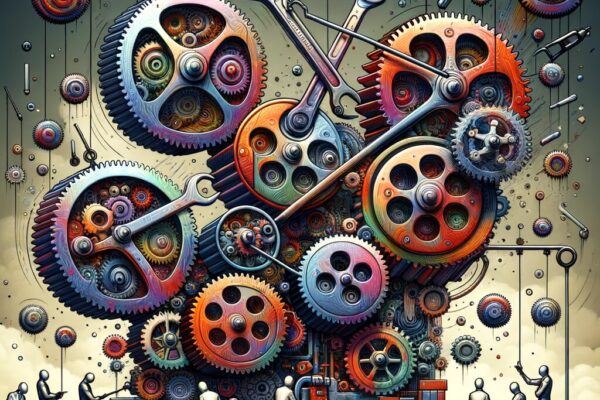
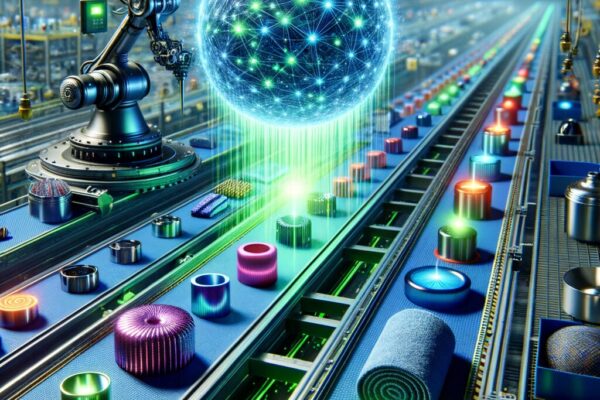






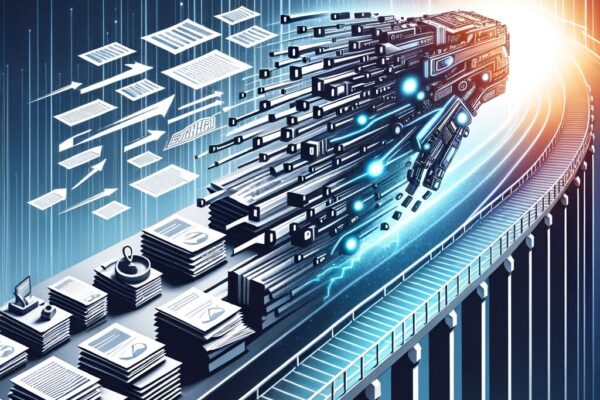







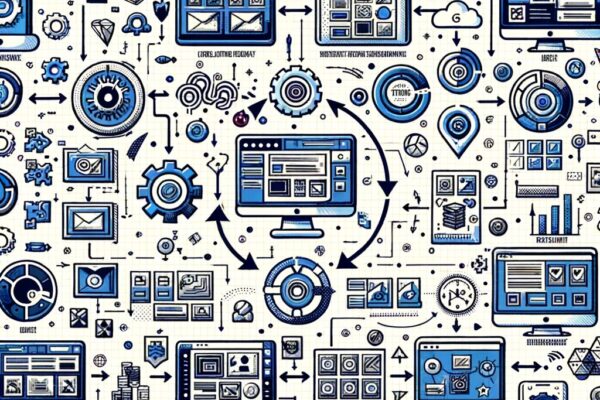
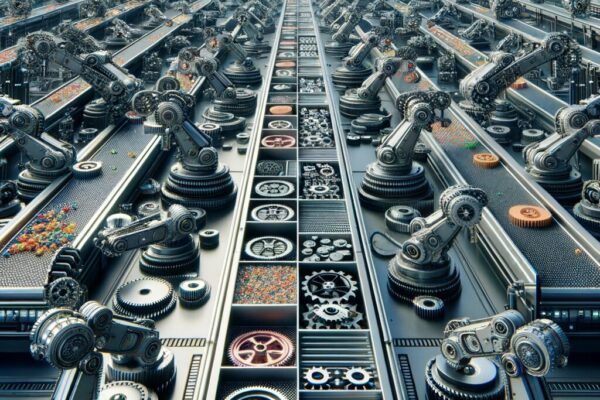



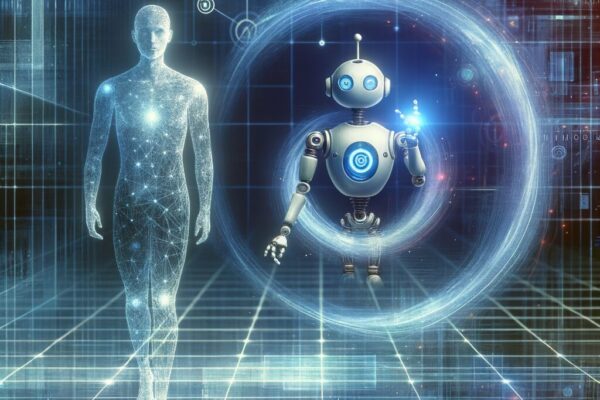


















































































































































Recent Comments